Search

X-Ray Scanning Confirms Soil Health Benefits from Conservation Practices
Summary report of X-ray scanning confirms soil health benefits from conservation practices.
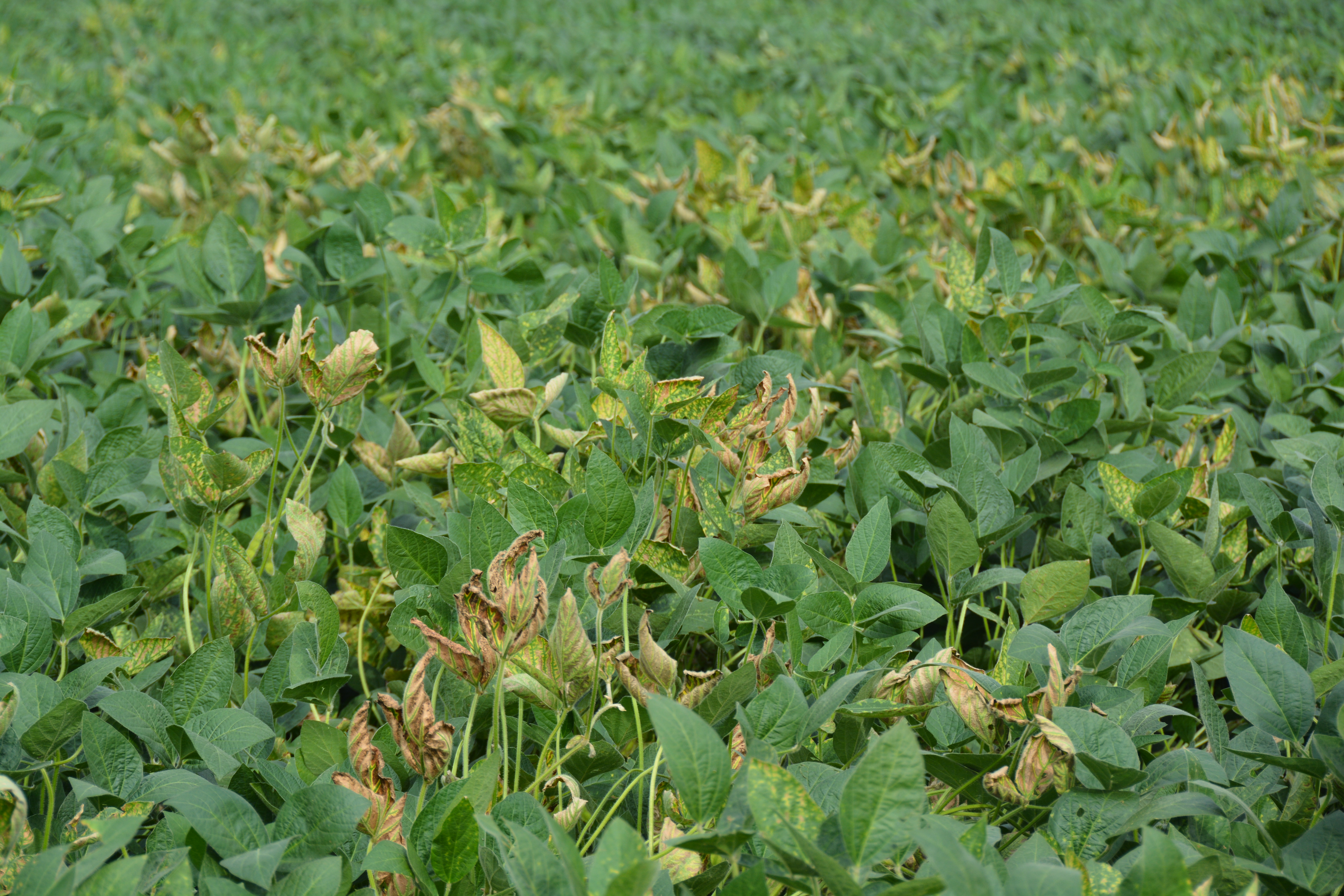
Plant Disease Management Decisions to Make Before Planting
For most plant diseases, in-season management choices are very limited. In fact, there are no in-season management options available for diseases caused by nematodes, viruses, and bacteria.

Seeing Dead Soybean Plants in a Circular Pattern? Could Be Due to Lightning
While quite uncommon for lightning to damage row crops, it does happen. Thunderstorms can have lightning that can burn soybeans plants leading to their death.
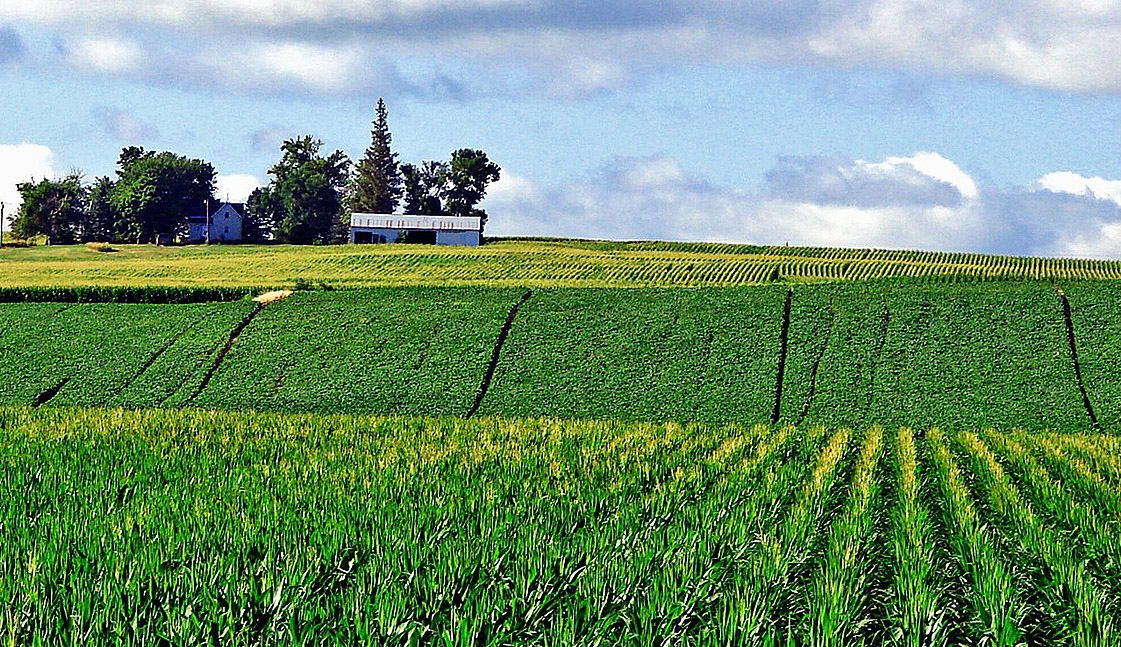
Fall Cover Crops Boost Soil Arbuscular Mycorrhizal Fungi Which Can Lead To Reduced Inputs
Fall cover crops provide multiple benefits to producers. These benefits include pathogen and pest protection, drought protection, weed control, reduced soil erosion, nutrient acquisition and retention, increased soil organic matter, and conservation of soil water by improvement of soil structure that increases infiltration and water holding capacity.
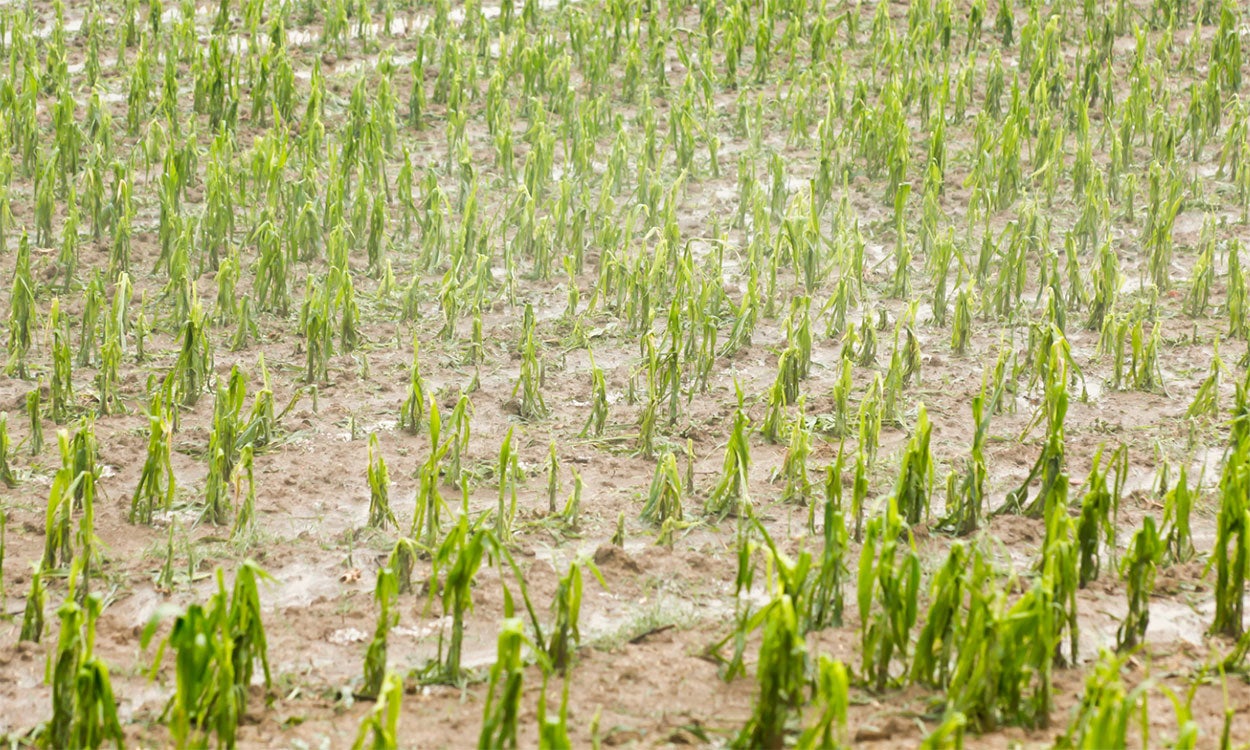
Are Fungicides Needed on Crops Damaged by Wind, Sand Blasting or Hail?
When extreme weather brings hail and sand blasting to fields, many growers wonder if a fungicide application is needed afterwards to protect wounded plants from bacterial diseases.

SDSU Extension Provides Drought Management Resources
June 08, 2022
The U.S. Drought Monitor continues to classify parts of South Dakota in some level of drought. SDSU Extension has a variety of tools and resources to assist producers with drought decision making.

Using Annual Cover Crops and Forages in Lieu of Row Crops
Although there are many factors to take into consideration, annual forages and cover crops can be an excellent tool to mitigate challenging planting seasons.
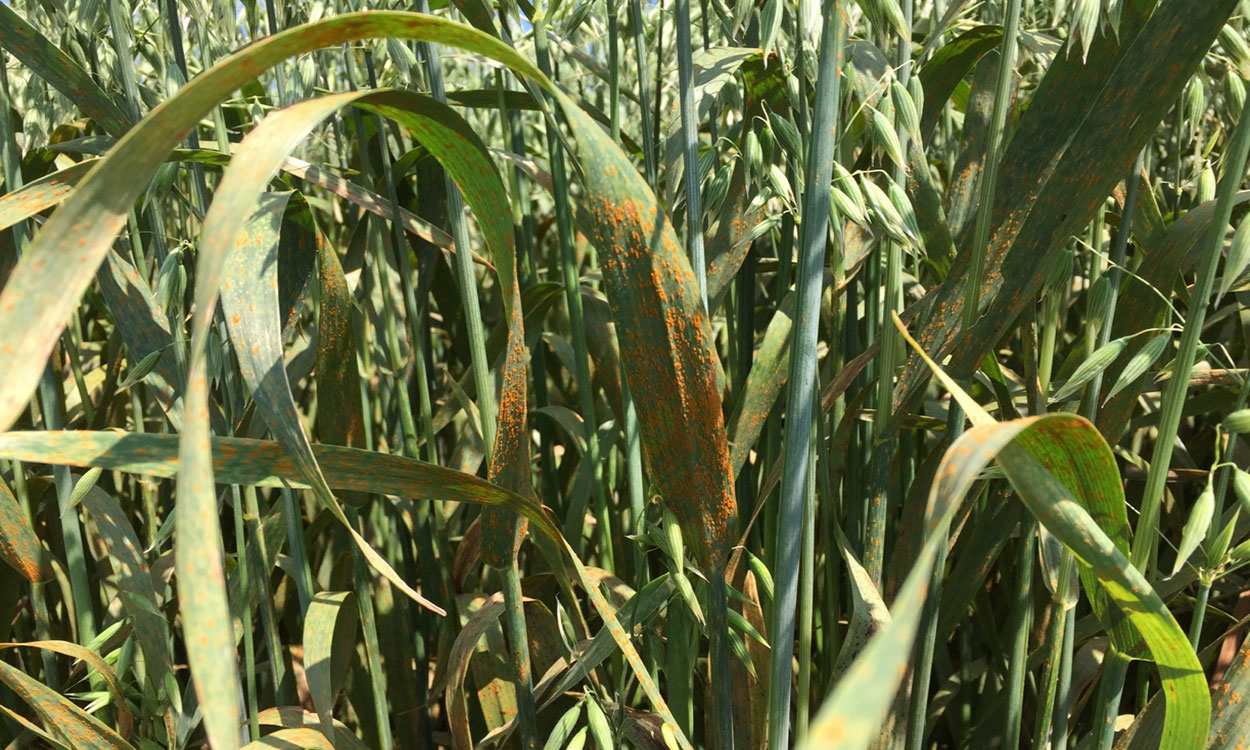
Crown Rust of Oats
Crown rust continues to be the most economically damaging and important fungal diseases of oats in South Dakota. Learn how to recognize and manage it in oat fields this growing season.
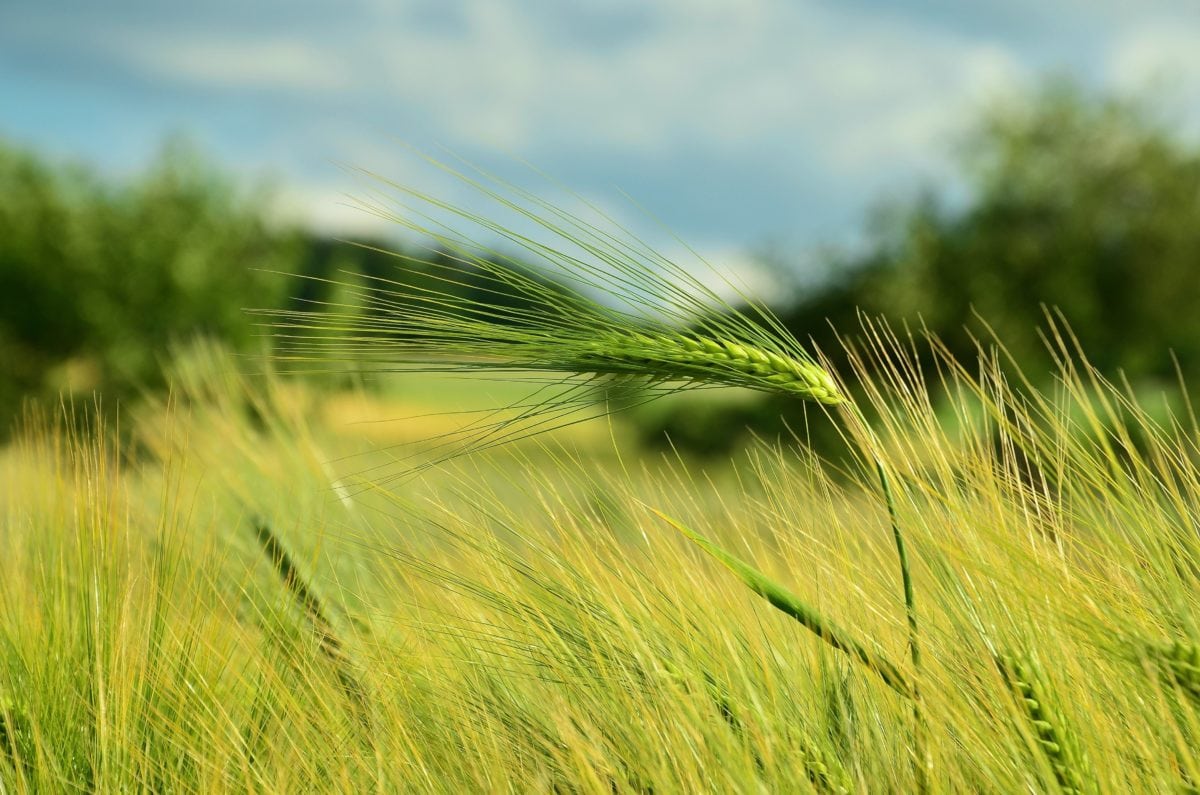
Scouting Wheat Fields
Scouting is the process of monitoring fields and crops during a growing season. It can provide producers with field specific information on pest pressure and crop injury.
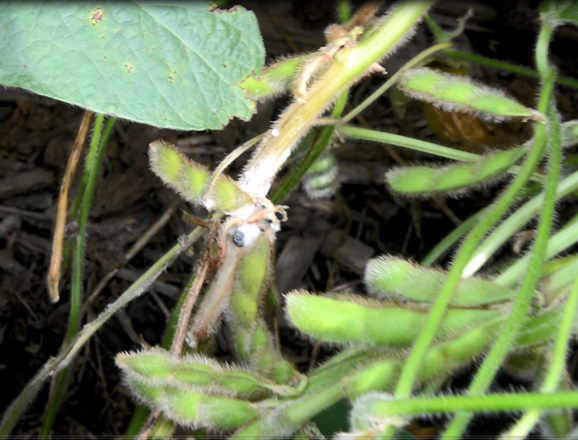
White Mold Development: Is your soybean field at risk?
According to USDA-NASS crop progress report for the week of July 17, 49% of the soybeans in South Dakota are at flowering. The flowering growth stage is also the time when white mold infection is initiated. The white mold pathogen infects the soybeans through the flowers that are senescing after pollination.